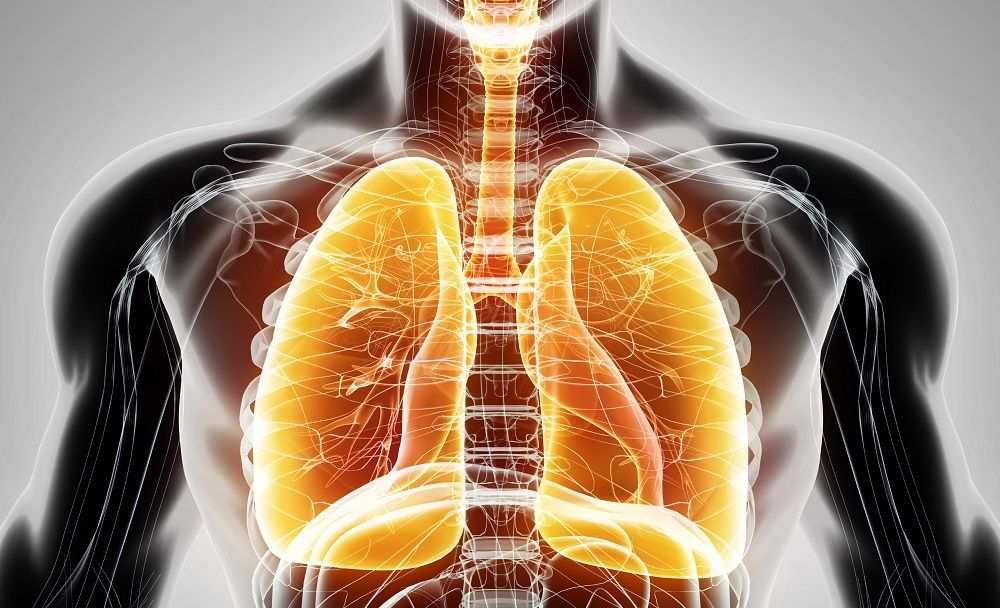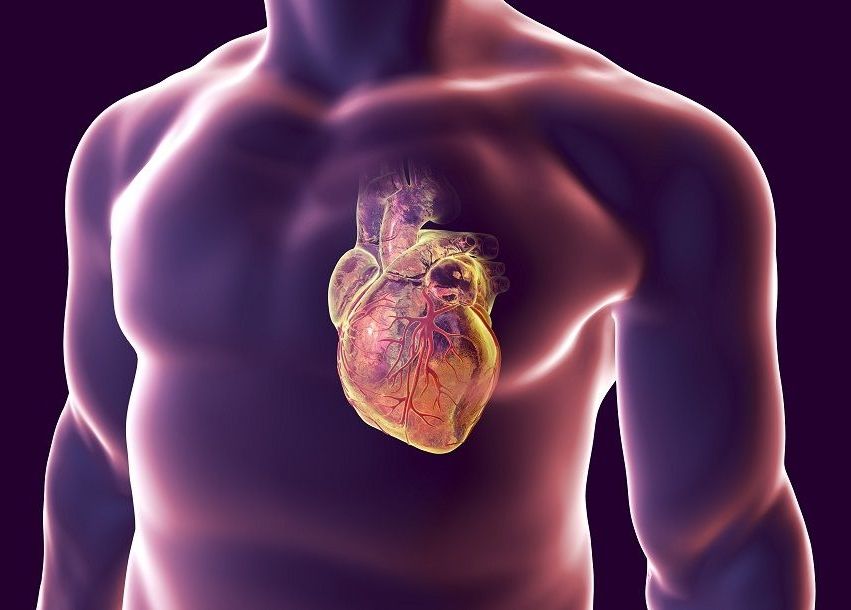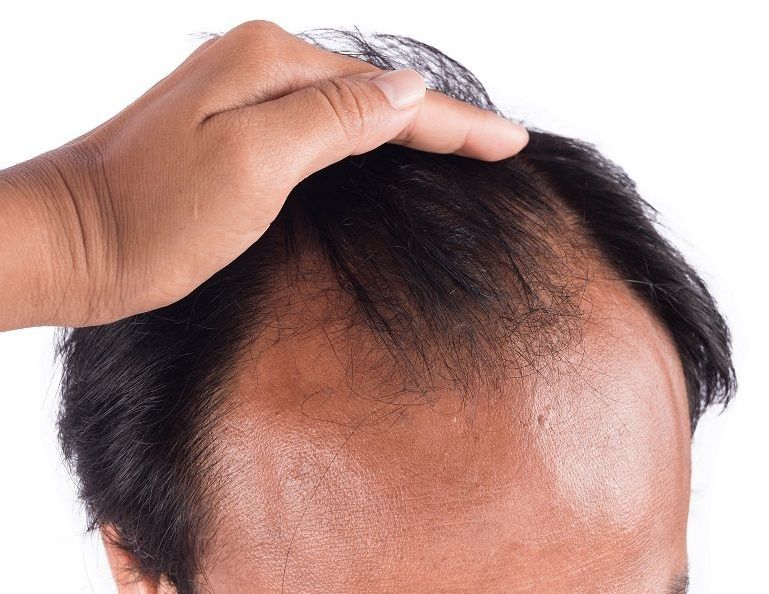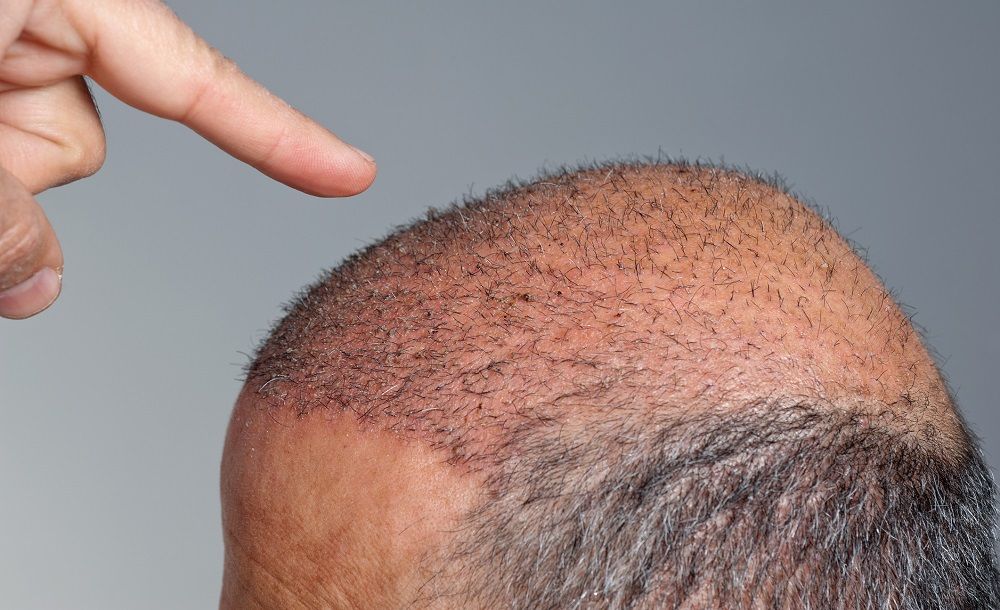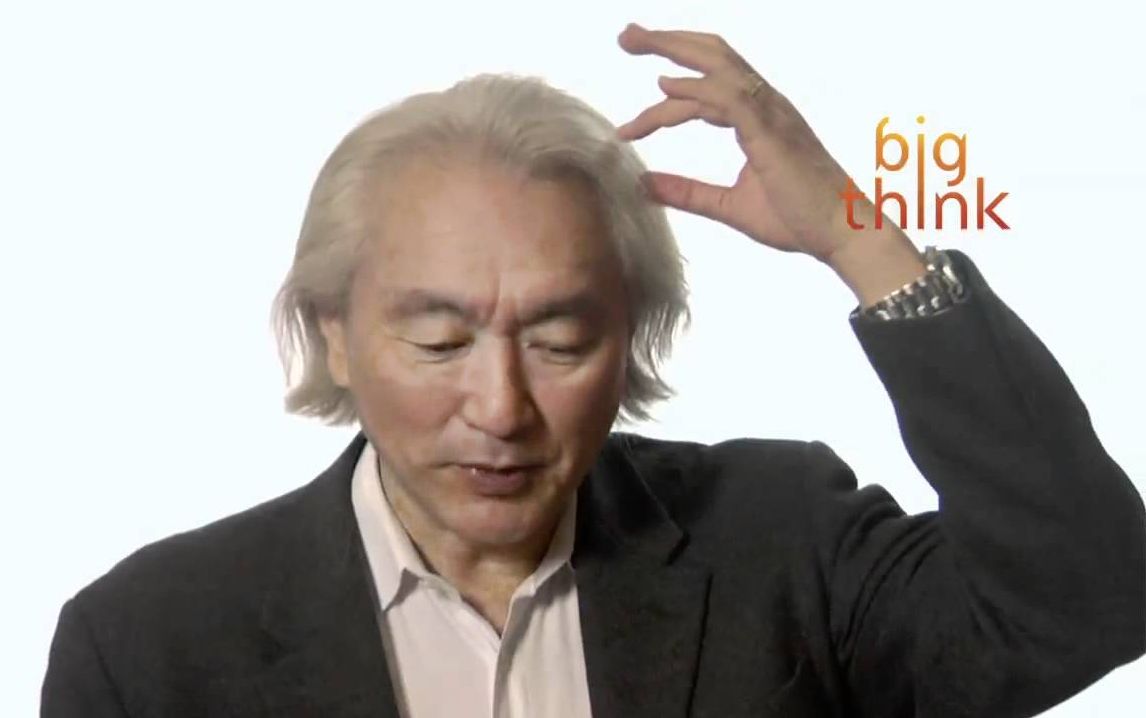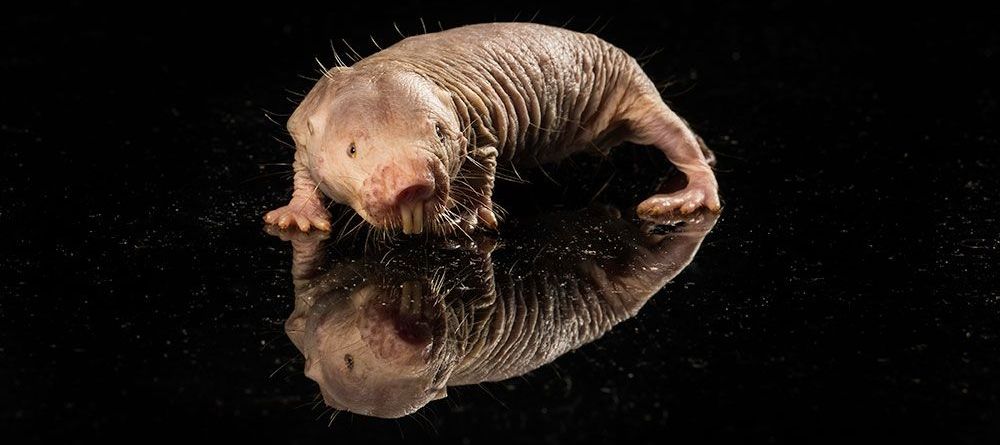Summary: A team of scientists at Tongji University just announced a breakthrough in regenerating human lungs using stem cells, improving lung function in patients. [This article first appeared on the website LongevityFacts. Author: Brady Hartman. ]
A team of researchers from Tongji University in China announced what they say is a breakthrough in treating lung diseases by regenerating tissue using stem cell transplantation.
In a pilot clinical trial, the treatment proved effective at repairing the lung tissue of two patients suffering from lung diseases, who showed improvements in both symptoms and on CT scans, say the researchers. Zuo Wei is a Tongji University professor who led the research team and says.
